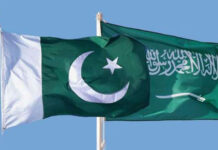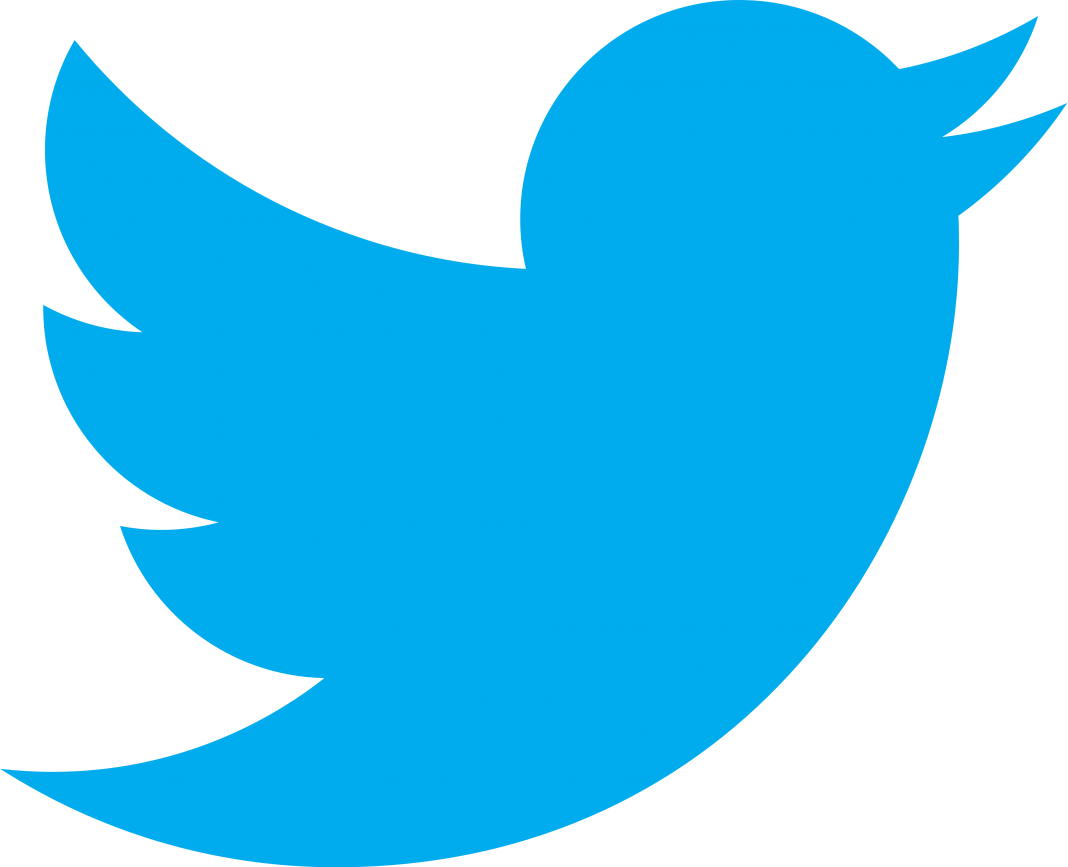Scrolling through his smartphone, Sabir Shah, a young Twitterati, chuckles quietly as he goes through his Twitter feed, all the while mindlessly tapping on the ground his feet donned in denim boots – a souvenir he received recently from his clients.
Before keeping his phone down to take some time out for lunch, he takes a picture of his appetizingly garnished noodles and uploads it on Instagram.
This is how the 21-year-old spends his days, posting content on social media not to kill time, but to earn money. Real money.
Shah is part of a pool of young people who earn up to Rs 50,000 on average each month through different social media platforms, especially Twitter. His job? To promote certain brands in the cyber world.
These self-employed Twitter enthusiasts do not exist in the country’s national employment data nor do their services count towards Pakistan’s gross domestic product. And yet they earn more than many bankers. Their average monthly income is 24% higher than Rs 38,000 – the 2015 average monthly salary of those working in the banking and financial sector.
People like Shah make money by working as Key Opinion Leaders (KOLs), individuals who collaborate with agencies to lend them a hand in promoting a certain marquee through their social media accounts. These KOLs work for different brands and assist them in marketing their products through attending their events and trending hashtags on Twitter.
In the last few years, social media platforms – particularly Facebook and Twitter – have surfaced as contemporary and attention-grabbing source for marketing in Pakistan.

Facebook, which has 25 million users in Pakistan, takes the lion’s share in generating revenue through landing page conversions and ads. Twitter, on the hand, stands as the uncontested leader in digital promotions and branding market – a largely undocumented online market where individuals use their personal social media accounts to promote brands.
“Younger generations do not read newspapers anymore. They have moved on to digital media. Consequently, brands had to do the same,” says Shah.
This transition from conventional to digital has opened doors for many young individuals. Now, with the introduction of more organized form of digital promotions, they are earning enough to provide for an average household in Pakistan, that too, without any requirement of a formal degree or working at a nine-to-five job.
How does Shah do it?
First, they grow their number of followers on both Twitter and Instagram by using different techniques ranging from humorous tweets to intriguing display pictures. Next, they tweet promotional content for brands in exchange of compensation.
“We currently have a database of more than 200 active individuals who work as KOLs for us,” says Sara Muzammil, one of the four Co-Founders of Digital Factory – a digital marketing firm that does business with these enthusiasts.
These Twitter enthusiasts are divided using different metrics that include Klout Score (influence on other Twitter users), engagement rate, number of followers and quality of content produced, she explains. “KOLs are approached for campaigns on the basis of their suitability for each brand, keeping in consideration the given characteristics.”
The structured division of the tiers allotted to the KOLs elucidates the organization of the industry, which works with a three-tier payment structure.
Beginners, who fall in the first tier, earn less somewhere around Rs 15,000 and are trained by agency professionals. The second tier of transitional level bloggers, like Shah, are compensated with money going up to Rs 35, 000 and other benefits, such as the denim boots. The third tier is of experts whose benefits magnify with their popularity and expertise, and their compensation can amount to as high as Rs 65,000 a month.
“Established individuals in the field can negotiate rates as per services. There are some who get more than Rs 10,000 for one blog and a few tweets,” Shah says of the promoters that fall in the third tier. “If they win five to six campaigns on average each month, they can earn a good amount.”
An additional benefit for young KOLs is that they get to meet a lot of people and perk up their personal references. “There’s no harm in increasing your PR while you are still at school. This might help us earn jobs once we graduate,” says Maham Siddiqui, another Twitter enthusiast.
Students like Siddiqui might see promoting brands as a part-time opportunity, but Shah sees his future in this field and intends on indulging further in these promotions.
“I have always had my issues with conventional degrees. I’m glad what I’m doing does not demand any degree,” adds Shah. The PR he earned while doing these marketing campaigns on Twitter finally helped him secure a full-time job at The Digital Factory, the same company he had been working for as a freelancer until May this year.
Shah’s plans to make a career out of this niche may not be far-fetched because the brands, which were reluctant in the beginning, have now started acquiescing to the idea of promotions through digital podium, something widely accepted in the West in the last few years.
“Twitter is the best means of increasing your brand value by promotions,” Florida Today’s Executive Editor Bob Gabordi said during a seminar at the Center of Excellence in Journalism earlier in May. “Facebook, on the other hand, earns traffic conversions,” elaborated Gabordi, a social media marketing major from Northeastern University.

However, some professionals think there is still a long way to go before brands fully accept the notion of this kind of marketing in Pakistan.
“Brands definitely see digital outreach as something worth investing in. Sadly, they do not truly understand the potential of this tool because they are not being educated properly by agencies,” says Muzammil.
The further growth of the digital promotion industry will also depend on how Pakistan fares in terms of internet and social media penetration, say experts. At present only 30 million or 15% of Pakistan’s total population (200 million) has access to the internet. Of the total internet users in the country, only 3.3 million have Twitter accounts.
Although Pakistan’s internet penetration has increased notably during the last couple of years, State Bank of Pakistan recently put the country among other South Asian and Sub-Saharan African nations that have the lowest internet adoption rate falling between 0 and 19%.
The numbers may be small, but IT-based businesses are getting the most out of these campaigns as their target audience is people who use the internet. “Brands like Careem, Patari, and EatOye get immense benefit from Twitter promotions as their presence is mainly online,” Shah explains.
Despite the increasing popularity, the takeover of digital over conventional marketing may still be a distant dream. “Digital cannot take over conventional, simply because the numbers are poles apart. It is like comparing apples and oranges,” explains Muzammil.
Pakistan’s digital ad market is still in its infancy. According to a study by Gallup Pakistan – the largest media buying house in the country, it is worth half a billion rupees which is less than 1 per cent of the total ad market as per documented information. However, this data doesn’t include more than half of the freelance promotion campaigns carried out by KOLs so far.
The future of this form of marketing cannot be determined just yet. Another reason is the reluctance portrayed by viewers on digital platforms. In other words, if one doesn’t play smart he can lose his followers and ultimately, the opportunity to monetize their personal social media accounts. For example, Shah can lose a number of his followers if he works on several promotions at a time.
“Brands definitely see digital outreach as something worth investing in. Sadly, they do not truly understand the potential of this tool because they are not being educated properly by agencies” Sara Muzammil, Co-Founder of Digital Factory
Muzammil explains the phenomenon by saying that a constant barrage actually withdraws viewers.
“When you take my radio, my billboards, my newspapers and my television and fill it with advertisements, I’m already fed up of watching your paid content taking over my life. Now, when I see real people who I love and respect endlessly harp on about a brand, I am not going to be very happy with those people or that brand.”
“However, experts are responsible to design the campaigns in such a manner as to not assault the audience on their social media platforms, instead should be subtle and respectful,” Muzammil elaborates further.

“Agencies need to explore and experiment further to open doors for expansion in the field,” says Ahsan Saeed, Founder of Twittistaan and the Urdu Localization Manager for Twitter and WhatsApp. “One of the major reasons being the edge digital media gives to brands in communicating with consumers directly and vice versa.”























